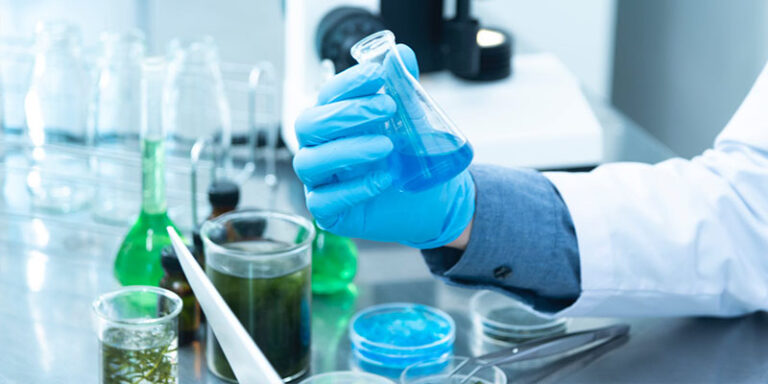Introduction
Aluminium, a versatile and widely used metal, exhibits varying characteristics based on its series and composition. For anodizing - a process that enhances corrosion resistance and aesthetic appeal - not all aluminium series are equally suitable. Therefore, inspecting the quality and series of aluminium becomes crucial to determine its compatibility with the anodizing process. This article delves into the basic methods used for inspecting aluminium material quality, focusing on its appropriateness for anodizing.
Visual Inspection
The initial step in assessing aluminium quality is a thorough visual inspection. This non-invasive method involves examining the surface for defects such as scratches, dents, or inconsistencies in texture. Visual inspection can reveal surface impurities or damage that might affect the anodizing process. This is a preliminary step and often the first indication of the material's suitability.
Alloy Identification
Aluminium comes in various alloys, classified into series based on their elemental composition. Certain series, like the 5xxx and 6xxx, are well-suited for anodizing, while others may present challenges. Identifying the alloy series is crucial, often done through spectroscopic methods like X-ray fluorescence (XRF) or optical emission spectrometry (OES). These techniques determine the elemental makeup, confirming the series and suitability for anodizing.
Hardness Testing
Hardness testing, such as the Brinell or Rockwell test, can provide insight into the material's strength and resistance to deformation. Since anodizing involves both chemical and electrical processes, understanding the hardness can predict how the aluminium will respond to these treatments.
Conductivity Measurement
Electrical conductivity measurement is vital for anodizing since the process involves passing an electric current through the aluminium. Materials with appropriate conductivity levels are more likely to anodize uniformly and effectively. Conductivity meters are used to ensure the aluminium falls within the desired range.
Thickness Measurement
The thickness of the aluminium piece can influence anodizing outcomes. Thicker materials may require longer anodizing times or more robust settings. Ultrasonic thickness gauges can provide non-destructive measurement of aluminium thickness.
Surface Roughness Assessment
Surface roughness can significantly impact the anodizing process. Rougher surfaces might lead to uneven anodizing, while smoother surfaces can produce more consistent results. Surface roughness is typically measured using profilometers, which provide precise readings of surface topography.
Chemical Composition Analysis
A detailed chemical analysis can reveal the presence of elements that might hinder the anodizing process. Techniques like mass spectrometry or atomic absorption spectroscopy can detect trace elements that, even in small quantities, could affect anodizing quality.
Stress Testing
Stress testing, including tensile or bend testing, can indicate how the aluminium will behave under mechanical stress. Anodizing can sometimes alter the material's mechanical properties, so understanding its baseline stress resistance is essential.
Conclusion
Inspecting the quality of aluminium for anodizing compatibility involves a combination of visual assessment, alloy identification, and various testing methods to understand its physical and chemical properties. This comprehensive approach ensures that only suitable aluminium series and grades are selected for the anodizing process, leading to optimal results in terms of durability, appearance, and performance. By meticulously examining these aspects, manufacturers and engineers can effectively determine the best aluminium materials for their anodizing needs.


